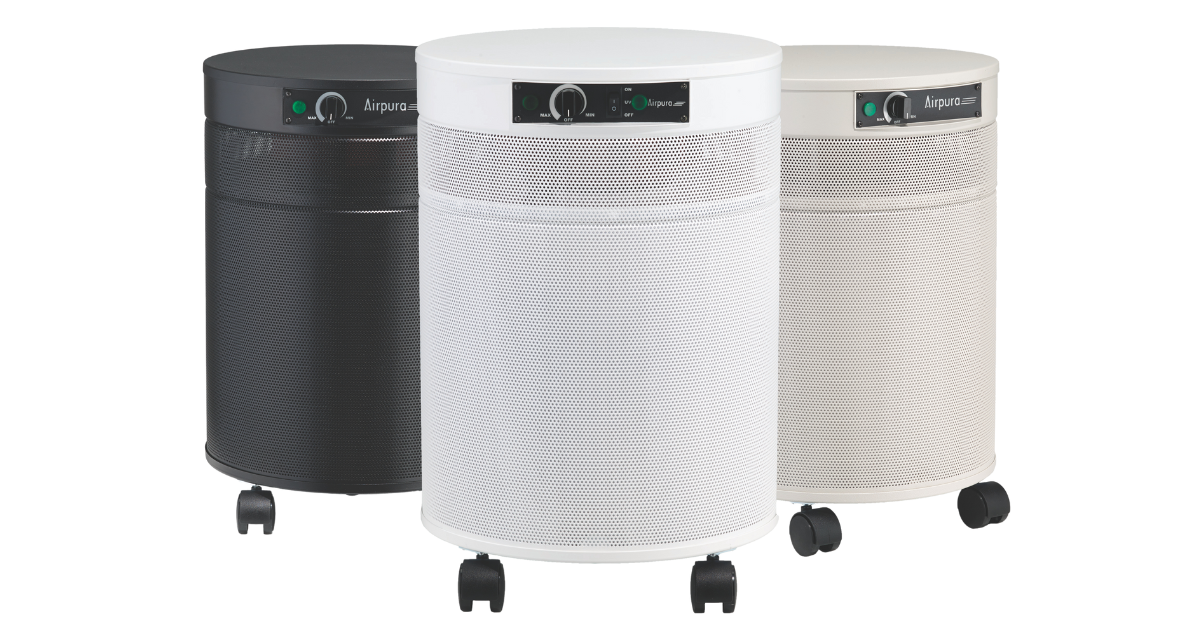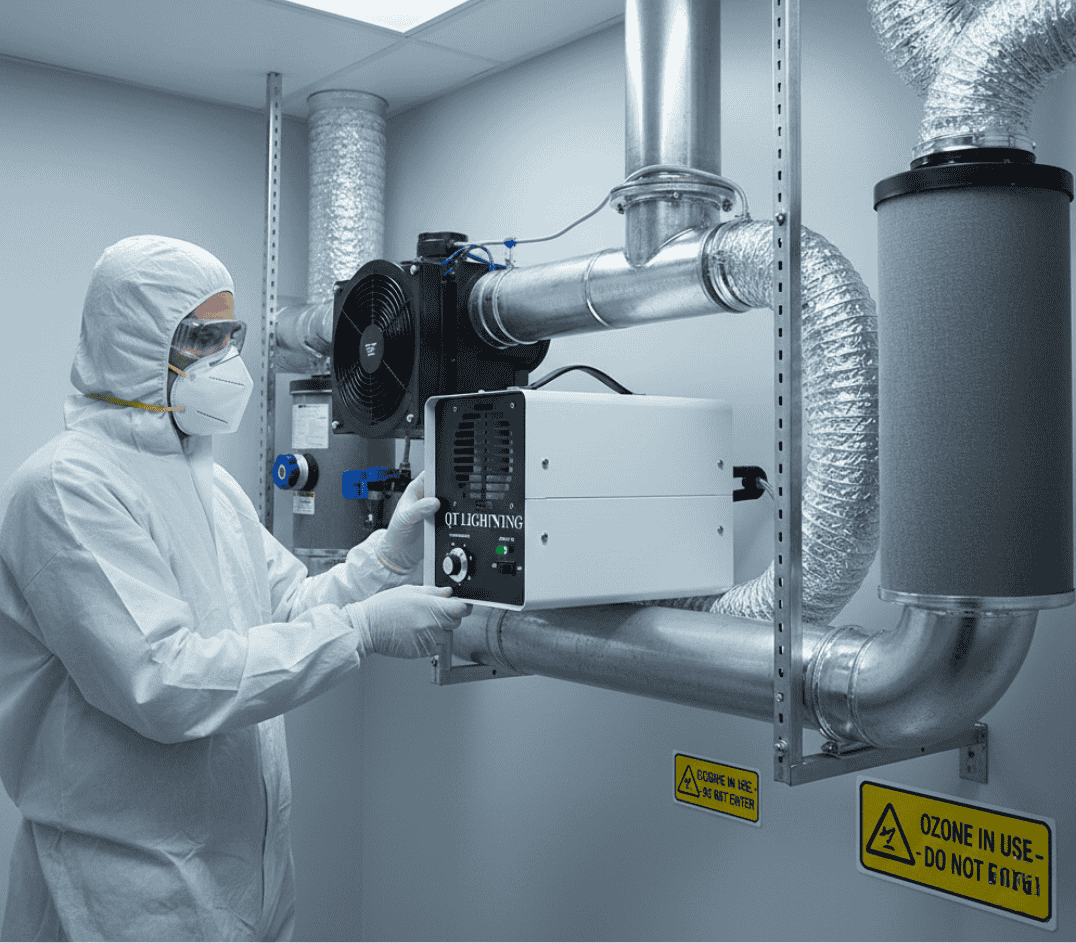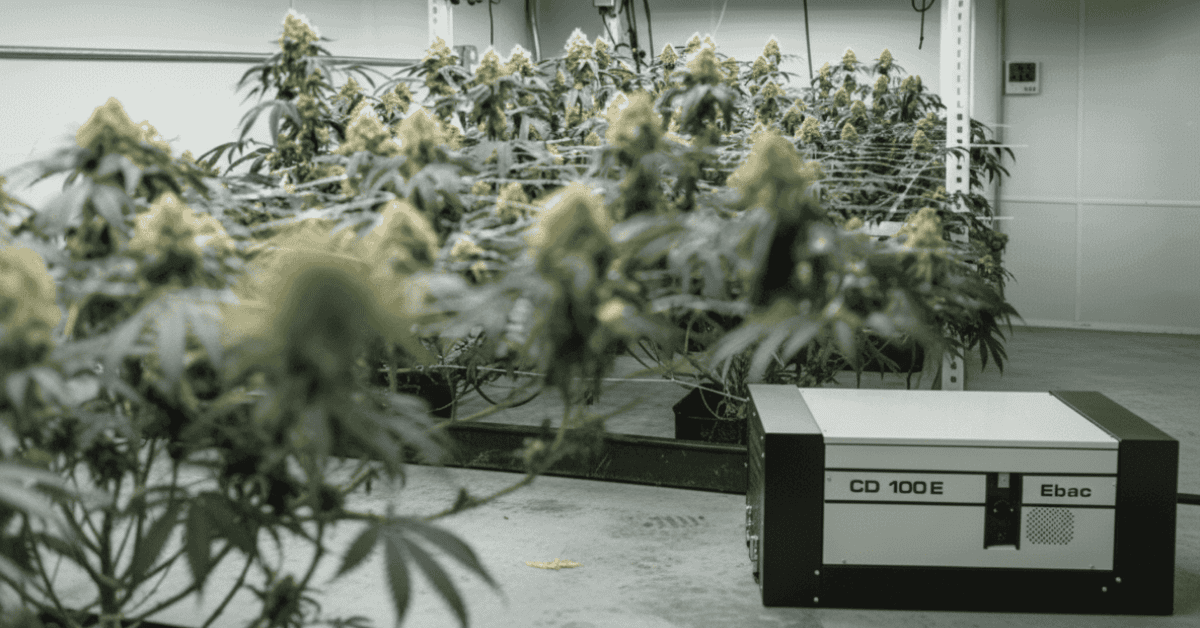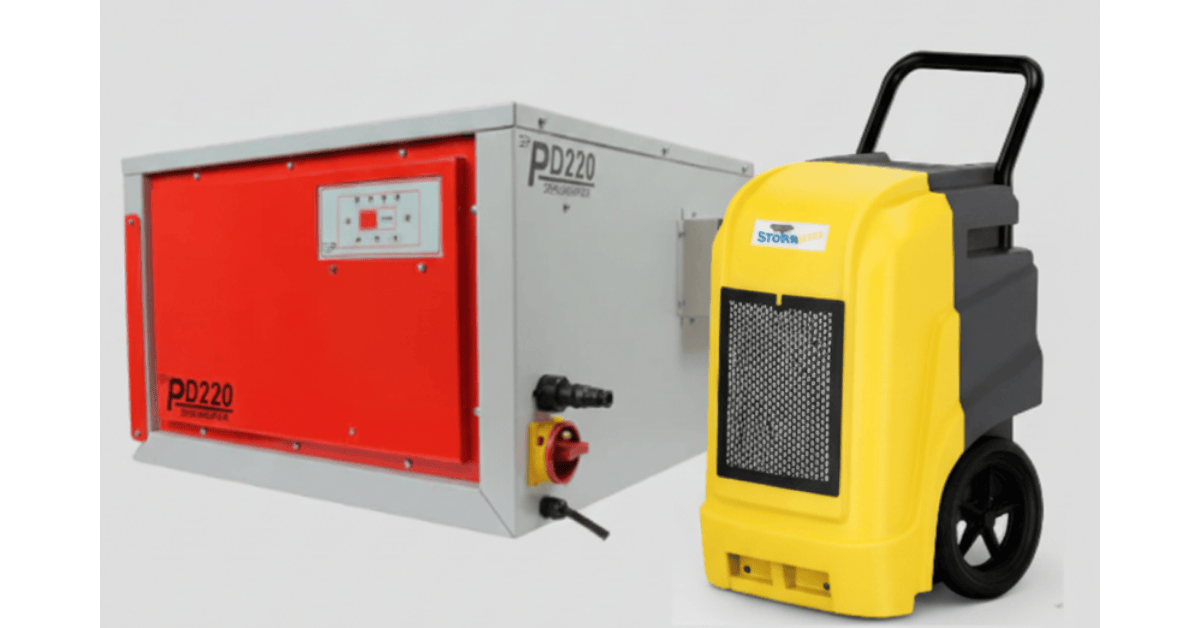Understanding Indoor Air Quality
Indoor air quality (IAQ) is just a fancy way of talking about how good or bad the air is inside your home or building. Lots of things affect it - how well your place is ventilated, what kind of filtration you've got, and what pollutants are floating around. Having decent IAQ isn't just a nice-to-have - it's pretty crucial for staying healthy.
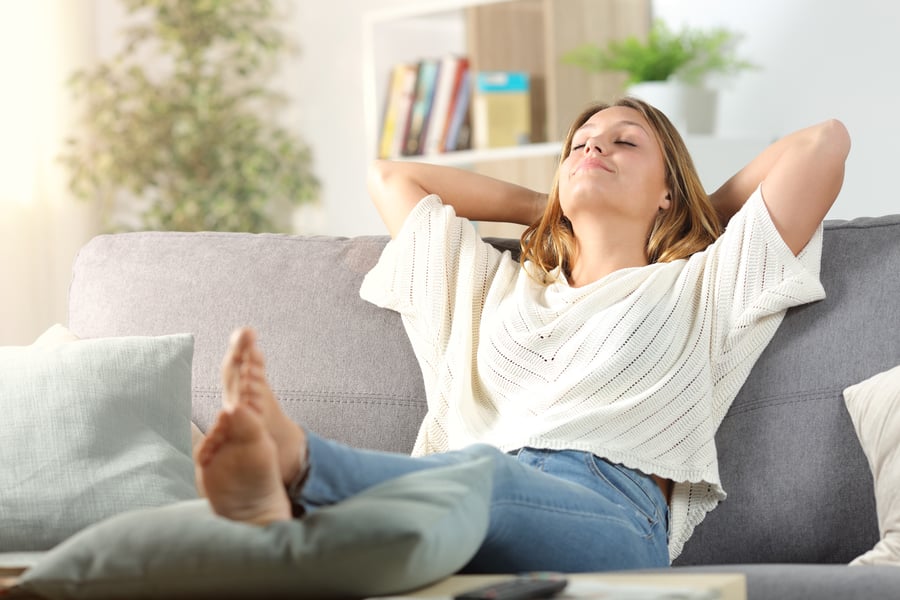
When your air isn't great, you might end up with breathing problems, headaches, and those pesky allergies kicking in. Making sure the air you're breathing indoors isn't full of junk can really make life better. Once you get a handle on what's affecting your IAQ, you can create a healthier space and get that air quality up to snuff.
Common Indoor Pollutants
The stuff that mucks up your indoor air comes from all over the place - building materials, furniture, and even everyday products you probably have sitting around your house right now. Some of the usual suspects include particulate matter (that's your dust and mold spores), volatile organic compounds (VOCs - the chemicals that evaporate from things like cleaning supplies), and radon (a gas you can't see or smell).
Those tiny particles can really aggravate breathing problems and set off allergies. VOCs are sneaky - they're in everything from your cleaning stuff to bug spray. And radon? That radioactive gas can build up in homes and isn't something you want hanging around. Getting to know these troublemakers is the first step to clearing the air.
Upgrade to Advanced Air Purification
Humidification isn’t the only way to improve indoor air quality. To truly protect your family from airborne hazards – from seasonal viruses to off‑gassing chemicals – you need a filtration system that handles the full spectrum of pollutants. Airpura’s professional‑grade air purifiers combine deep carbon beds, medical‑grade HEPA filtration and optional UV‑C or photocatalytic oxidation to deliver hospital‑quality air at home.
-
Neutralize germs and allergens: The Airpura UV600 & UV700 UV‑C air purifiers provide total protection from particles, chemicals, VOCs and microorganisms. Each unit uses 18 pounds of carbon, 40 square feet of HEPA media and a germicidal UV lamp to clean air in spaces up to 2,000 sq ft. This makes them a smart choice for households concerned about viruses, bacteria, mold spores and asthma‑triggering allergen.
-
Eliminate chemicals and odors: If your environment contains heavy VOCs, solvents or fumes, consider the Airpura P600/P700 series with TitanClean™. These models combine UV sterilization, an 18‑lb carbon bed, true HEPA and a TitanClean photocatalytic reflector. This multi‑stage system breaks down chemicals and VOCs at the molecular level and captures 99.97 % of particles as small as 0.3 microns. The P series is ideal for homes, offices and commercial spaces where air contains paint fumes, cleaning chemicals or other volatile compounds
-
Target formaldehyde and renovation fumes: Newly built or renovated spaces often release formaldehyde, benzene and other hazardous gases. The Airpura F600/F700 formaldehyde & VOC purifiers use an enhanced 18‑lb carbon blend plus HEPA to trap specific chemicals like toluene and formaldehyde. They’re recommended for homes near industrial facilities, salons, or those furnished with new carpets and cabinetry and provide clean air in areas up to 2,000 sq ft.
Each of these units reflects Airpura’s commitment to sustainability and quality. They’re constructed from powder‑coated steel (no off‑gassing plastics) and feature pressure‑sealed housings to ensure all air passes through the filters. For personalized sizing or filtration advice, you can request a call back from a product specialist and get recommendations tailored to your space and concerns.
How Air Purifiers Work
Air purifiers are basically the cleanup crew for your indoor air. They use filters and some pretty neat technology to trap and get rid of all the junk floating around - dust, allergens, mold, pet dander, and even the tiny stuff like bacteria and viruses.
The really good ones use HEPA filters (that stands for High Efficiency Particulate Air, if you're curious), which can catch 99.97% of particles as small as 0.3 microns - and trust me, that's really small! Some models also use activated carbon filters that work like a charm on those volatile organic compounds (VOCs) and other funky smells.
Purify The Indoor Air Quality You Breathe Every Day
Your home air might be dirtier than you think, folks. Even indoor air can be full of nasties, including airborne contaminants and allergens that you definitely don't want to be breathing. Tobacco smoke, chemicals, pollen, mold - they all contribute to making your indoor air less than ideal. These troublemakers can trigger all sorts of health issues like allergies and sinus problems, and they're really bad news if you've got asthma. Spring and fall? Those are the worst times.
Those HEPA filters I mentioned are real workhorses when it comes to trapping allergens and contaminants. Like I said, a HEPA filter grabs 99.97% of particles as small as 0.3 microns - that's the kind of efficiency you want in an air purifier.
The last thing you need during a stay-at-home order is breathing junky air day in and day out. If you're dealing with allergens, pet dander, mold, dust, or funky smells, an air purifier might be just the ticket. The portable models from Pure n Natural Systems banish contaminants to give you air that is pure and safe, pumping out good volumes of filtered air.
That HEPA filtration is key for keeping your air clean - it catches all kinds of airborne particles, even the really tiny ones that cause problems.
Looking after your health and your family's health with a portable air purifier is a smart move for better air quality. Now's as good a time as any to invest in one - they really do make a difference to your indoor air.
Pro Tip: Don't forget to change those replacement filters regularly - it's like changing the oil in your car. Keep up with it, and your purifier will keep doing its job effectively.
Effective Air Purification Strategies
To get the most bang for your buck with air purification, you need to pick the right purifier for your space. Think about how big the room is, what kind of yucky stuff you're trying to get rid of, and how much filtration you really need. If you’re unsure what size to buy, try our air‑cleaner CFM calculator to calculate the ideal purifier capacity based on your room’s dimensions and pollutant load.
Look for air purifiers with both HEPA filters and activated carbon filters if you want the whole package. Also, pay attention to something called the CADR (Clean Air Delivery Rate) - it's just a measure of how well the purifier removes pollutants. Higher number? Better performance.
Airpura UV Series - Series Air Purifiers with Germicidal Ultraviolet - UV600 and UV700
Choosing the Right Air Purifier
With so many air purifiers on the market, picking one can feel like trying to find a needle in a haystack. To cut through the confusion, think about the size of the room you need to clean, the specific junk you want to get rid of, and how thorough you need the cleaning to be. HEPA filters are the gold standard for trapping airborne particles - dust, fine particles, mold spores, you name it.
If smells and VOCs are your problem, activated carbon filters are your best friends. Two ratings worth checking out are the CADR (clean air delivery rate) and ACH (air changes per hour) - these tell you how efficiently the unit will clean your space. Get the right match, and you'll notice the difference in your air quality right away.
Air Purifier Features and Benefits
Air purifiers come with all sorts of bells and whistles that can make them more effective and easier to live with. Here are some of the common features you might want to look for:
-
HEPA filters: These catch 99.97% of particles as small as 0.3 microns - that's really tiny!
-
Activated carbon filters: These are great for getting rid of VOCs and other gases that make your air smell funky
-
CADR: This tells you how good the purifier is at cleaning the air - higher numbers are better
-
Filter replacement indicators: These little lights let you know when it's time for a filter change - no more guessing
-
Quiet operation: Because nobody wants a machine that sounds like a jet engine in their bedroom
-
Smart sensors: These clever gadgets adjust the settings automatically based on how dirty your air is
Check out our range of HEPA portable air purifiers to see which unit fits your space and needs.
Air Purifier Maintenance and Use
Keeping your air purifier running like a top isn't rocket science, but it does need some TLC. The number one rule? Change those filters when the manufacturer says to - not when they look dirty or when you get around to it. Give that prefilter a monthly cleaning to keep dust from building up too. For best results, put your purifier somewhere central in the room, not shoved in a corner or behind the couch where it can't get good airflow. And here's a pro tip - keep it running 24/7 on the highest "quiet" setting (around 50 decibels or less) so it's always working but not driving you bonkers with noise. Follow these simple maintenance tips, and your purifier will keep your air clean as a whistle.
Whole-Home Air Purification Solutions
If you're looking to clean up the air throughout your entire house, whole-home air purification systems might be right up your alley. These systems can either hook into your existing HVAC setup or work as standalone units to provide coverage everywhere. They're designed to tackle all sorts of airborne nasties - particulate matter, VOCs, radon, you name it. They're also great for cutting down on odors and making your indoor air more pleasant overall. Chatting with a professional can help you figure out which whole-home system makes the most sense for your particular situation. It's a bigger investment upfront, but you'll end up with cleaner, healthier air in every room of your house. For a seamless solution, explore whole‑house air‑filtration systems that integrate with your HVAC to deliver clean air in every room.
Ensure Your Water And Filtered Air Are Truly Pure
What goes into your body really matters for your health. Water is probably the best example since we drink so much of it. Now, most city water treatments use chlorine to kill off bacteria, which is fine as far as it goes, but chlorine isn't great at dealing with those sneaky parasites like giardia and crypto. Many sources of city water can contain these harmful contaminants, so a water purifier is a smart buy to keep you and your family safe, especially when you're stuck at home.
The EPA has four approved methods for sterilizing water, and they actually recommend ultraviolet (UV) purification over the other three: chlorine, iodine and distillation. The nice thing about UV is it doesn't leave chemicals or nasty stuff in your water, and it works almost instantly. You can choose from UV & reverse‑osmosis water filtration systems that remove parasites and contaminants without adding chemicals.
Make Your Home A Safe Space With Healthier Air & Water Using HEPA Filtration
No need to let worries about allergy and sinus symptoms get the better of you. Picking up a humidifier, air purifier or ultraviolet water purifier from Pure n Natural Systems gives you the reassurance that you and your family are protected.
Pure n Natural Systems has been in the business of helping customers stay healthy and sleep easier for decades. They really pride themselves on great customer service and offer some nice perks:
-
Free shipping on orders over $100
-
30-day Returns (always nice to have an out if something doesn't work for you)
-
Pure Rewards - earn 1 Pure Point for every dollar spent
-
100% safe and secure shopping
-
More than 30 years of experience
-
Financing options, qualified customers only
You can count on these clean, healthy air and water products from Pure n Natural Systems to make your home a safe space and give you peace of mind during stay at home order. They're happy to help you figure out which product makes the most sense for your situation.
Need help sizing your purifier? Request a call back from our product specialists and get personalized sizing and pricing recommendations within an hour.
Additional Information and Resources
If you want to dig deeper into air purifiers and indoor air quality, here are some helpful resources:
-
US EPA: Indoor Air Quality (IAQ) guidelines and resources
-
American Lung Association: Air Purifiers and Indoor Air Quality
-
ASHRAE: Indoor Air Quality and Air Purification guidelines
-
Healthy Air USA: Air quality and mold remediation services and expertise
Understanding how air purifiers work and picking the right one for your home can make a world of difference in your indoor air quality and help you breathe easier.


